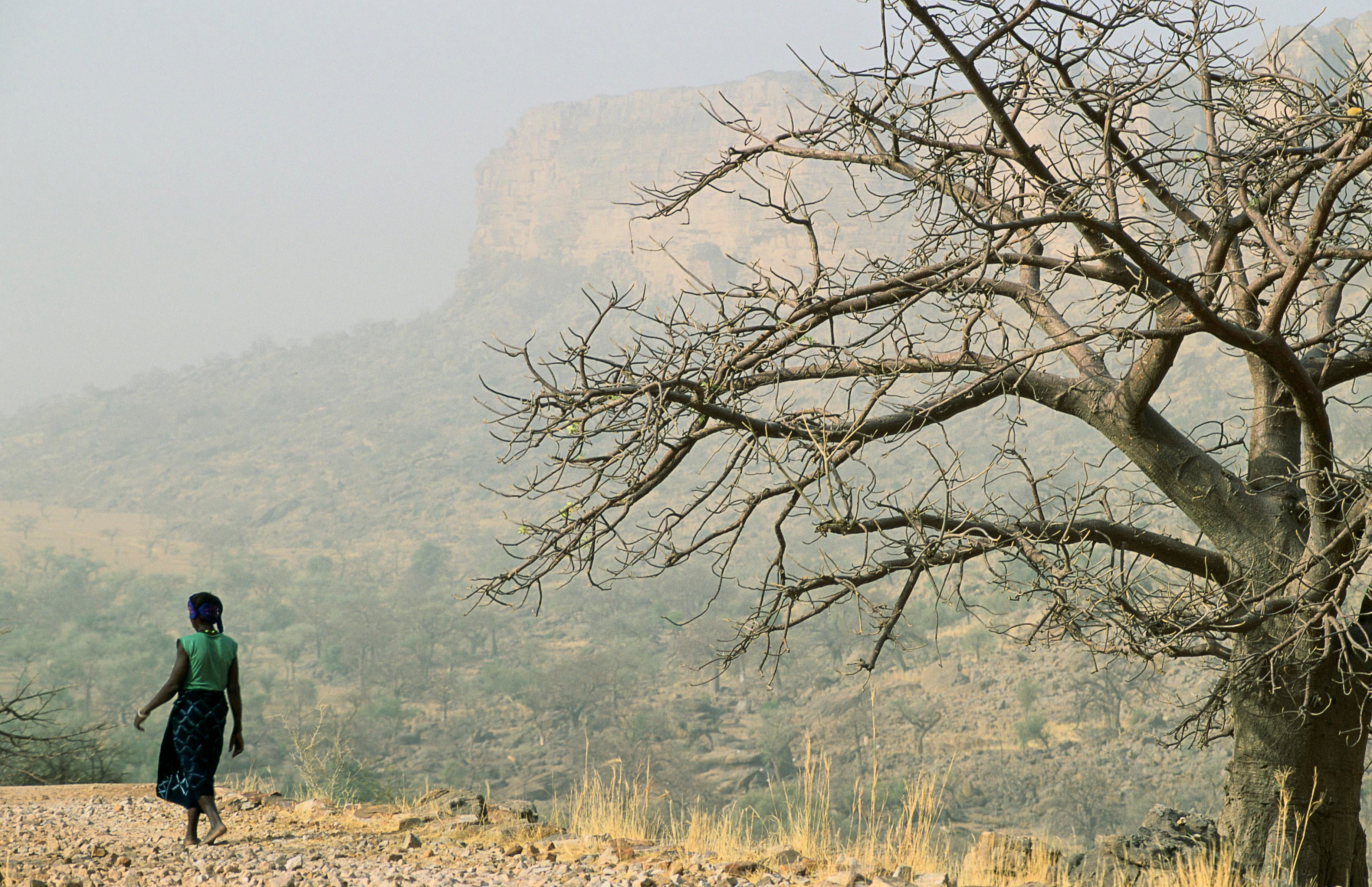
Peace cannot be kept by force; it can only be achieved by understanding.” ~ Albert Einstein
Today, conflicts have become more complex and last longer. About 2 billion people —about a third of the world’s population —now live in countries affected by conflict. This conflict is often linked to global challenges from climate change to human trafficking. Violent conflicts are no longer defined by national borders. They cost about $13.6 trillion every year and pose a significant threat to the 2030 agenda, which is why governments around the world are interested in taking more effective measures to prevent them.
As the Fragility Forum opens at the World Bank in Washington this week, we have an important opportunity to express our shared commitment to preventing conflict. Pathways for Peace, a joint UN and World Bank study, examines how development processes can be harnessed with diplomacy, mediation, and security to prevent conflicts from becoming violent. It is based on the practical experience of different countries and institutions, and pinpoints elements that have contributed to peace. Governments need to understand and address the drivers of conflict, the tipping points that push fragility to violence.
There are three main things to consider:
Climate Shocks
Some of the drivers of conflict are related to climate shocks that cause disputes over resources, from water to land, and these have become a source of instability. Last year, hurricanes, floods and tropical storms devastated parts of the Caribbean, North America and South Asia, while drought and desertification pushed thousands more towards extreme hunger in the Sahel. Today, we need to integrate climate change into our risk analysis approaches to violent conflict to monitor these risks and ensure a coordinated approach.
Gender Impact
Violent conflict also has lasting impacts on human capital, and these impacts are seldom gender neutral. More men die during wars, whereas women and children make up most of the refugees and the displaced. Violent conflicts create households headed by widows, who are extremely vulnerable to intergenerational poverty. Countries that are vulnerable to conflict show high levels of gender inequality and gender-based violence, and we know that women are more vulnerable in conflict settings. Today, we need to design our interventions in conflicts with a view to addressing the needs of women and girls.
Rebuilding Infrastructure
In conflict-prone situations, people need access to markets to restore economic growth and to generate the preconditions for peace and reconstruction. Repairing damaged roads and transport is a huge priority for governments and donors and has emerged as an overarching investment priority. Today, infrastructure has become an important pathway to peace and the restoration or establishment of the rule of law.
In my unit at the World Bank, Global Themes, we are exploring how these big development issues intersect. How fragility impacts women, what effects climate change have on conflict and violence, where public private partnerships can be useful in rebuilding damaged infrastructure. We bring a comprehensive development perspective through our work, and we seek solutions that are effective for the countries we serve.
I am looking forward to a productive and enlightening discussion this week, and please stay tuned as we will share the outcomes of our Fragility Forum.
Watch the events live: http://live.worldbank.org/fragility-forum-2018


Join the Conversation